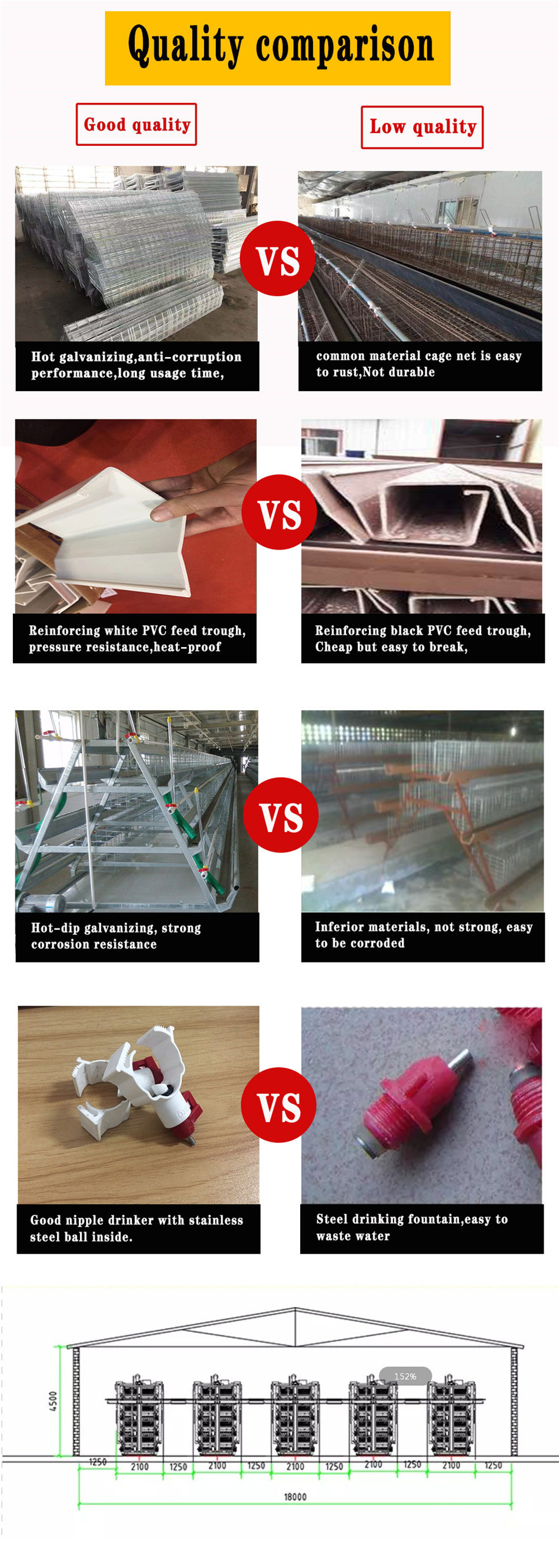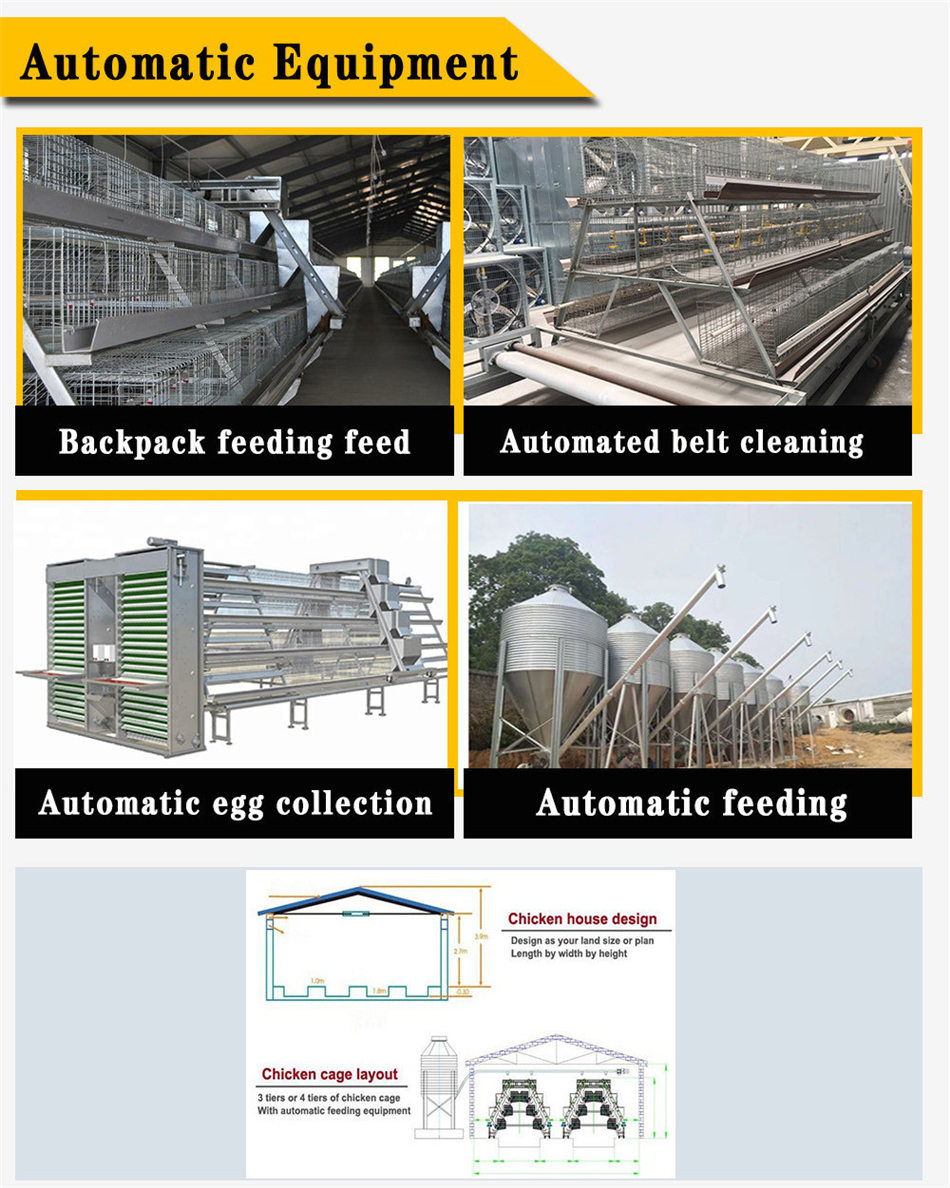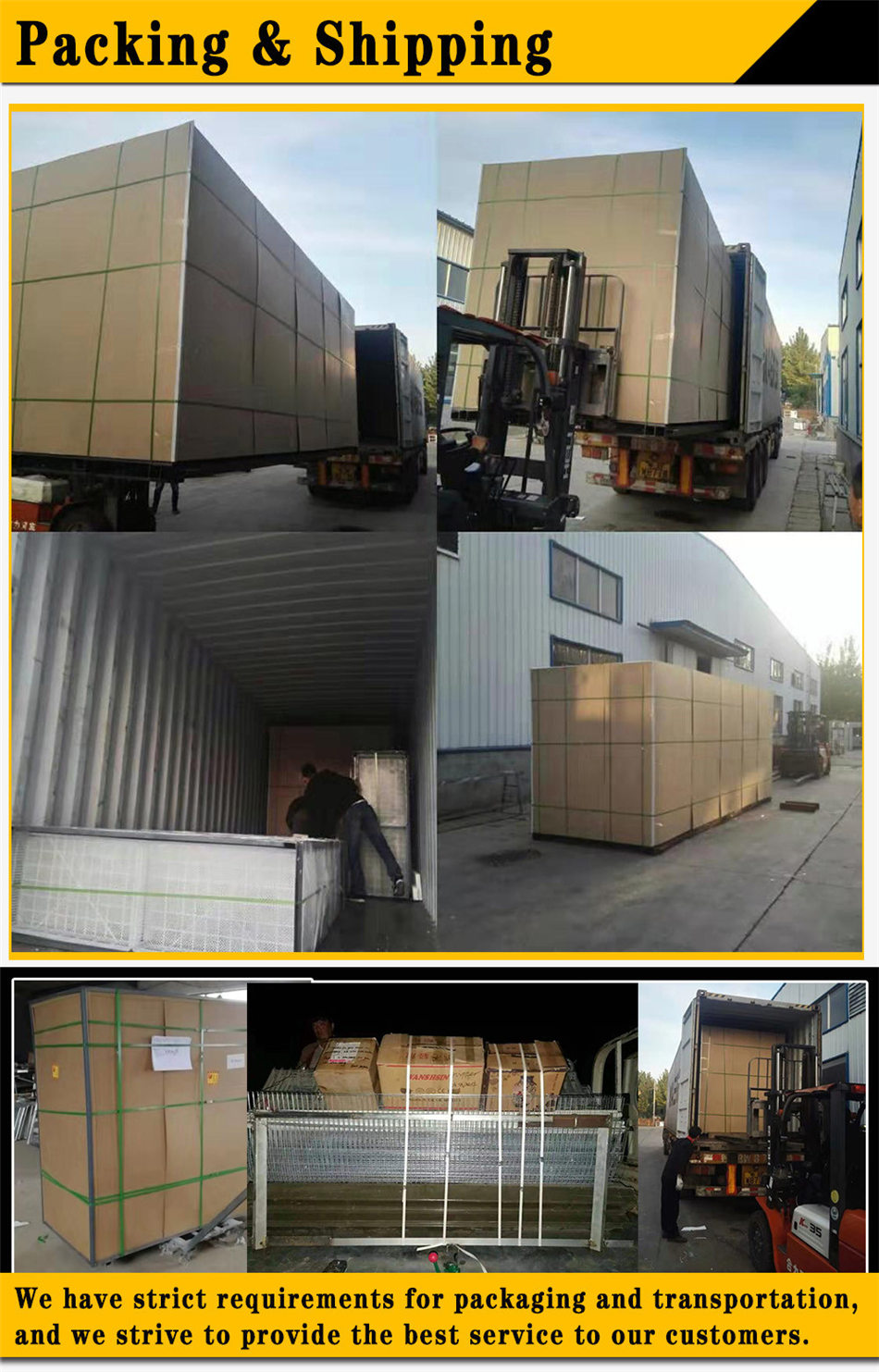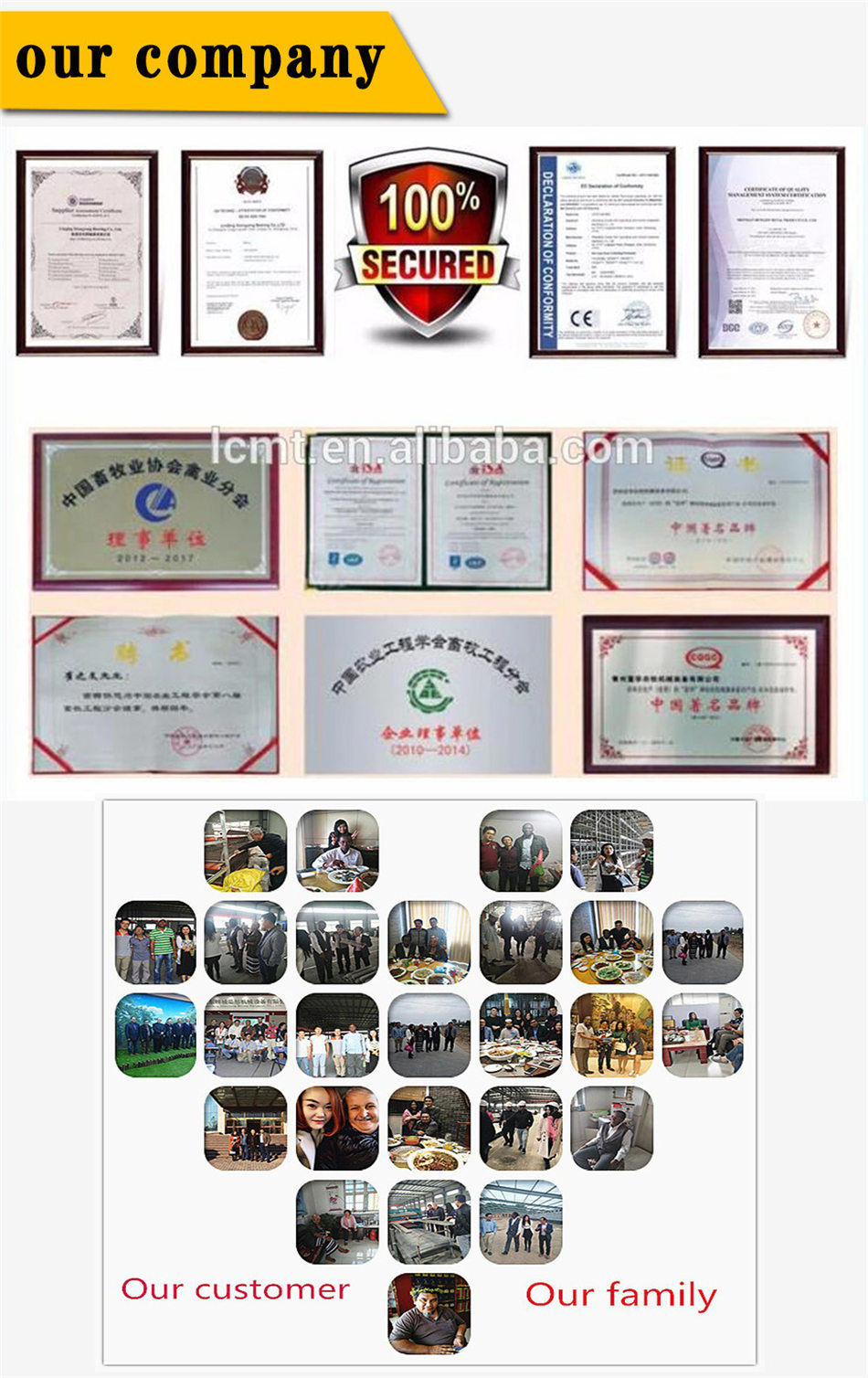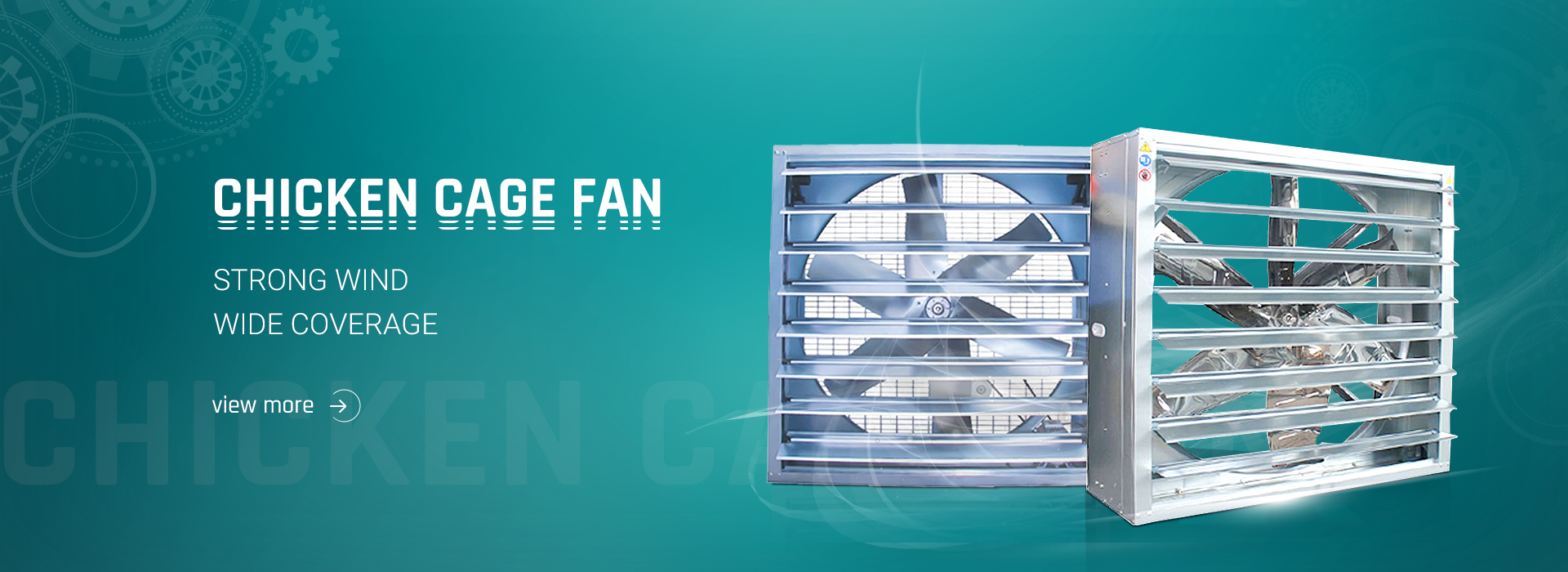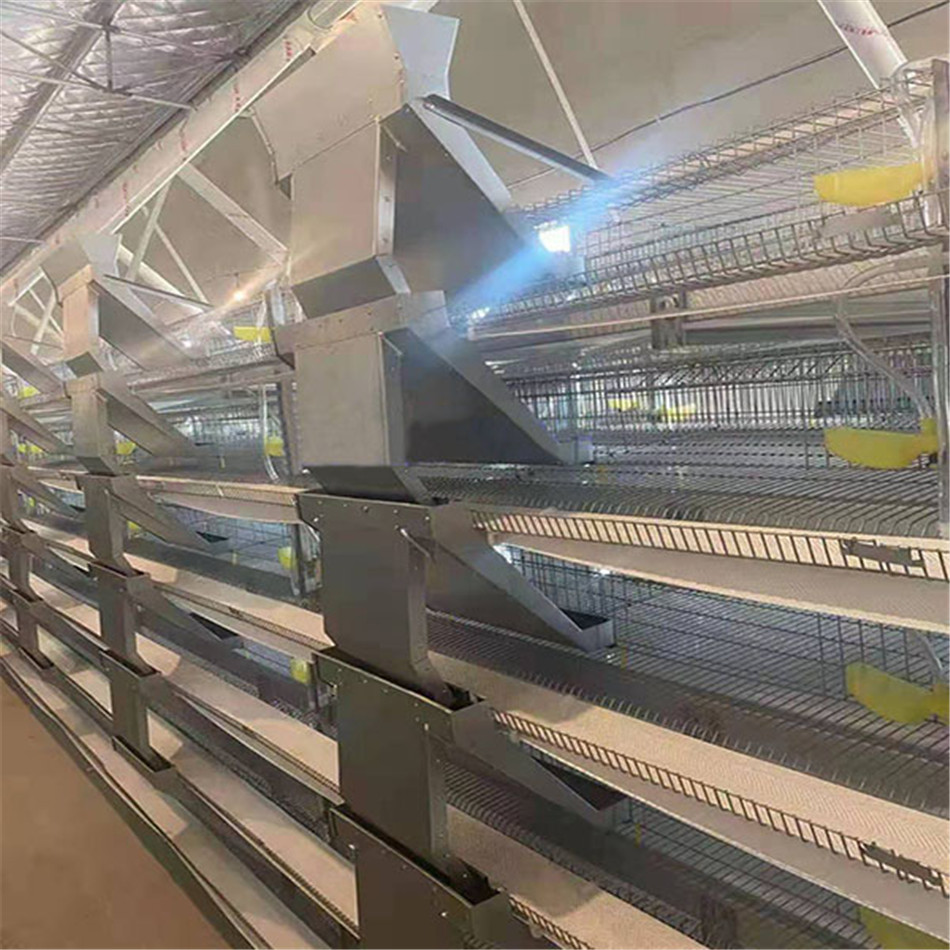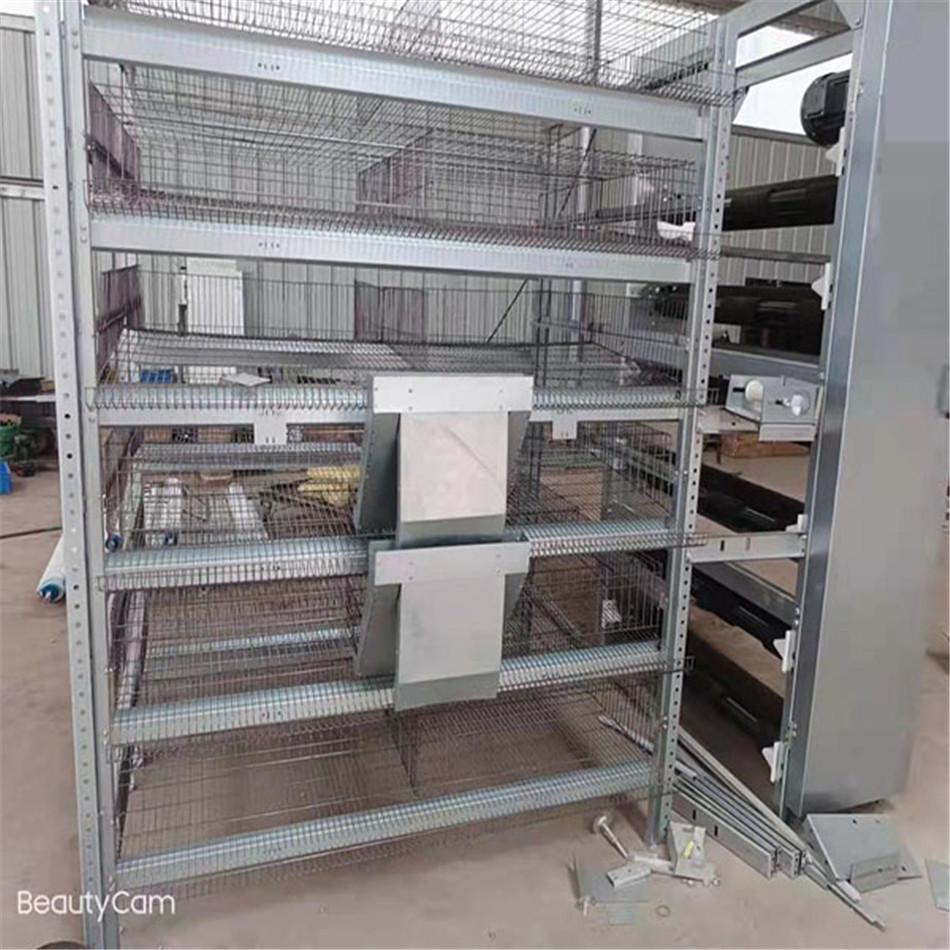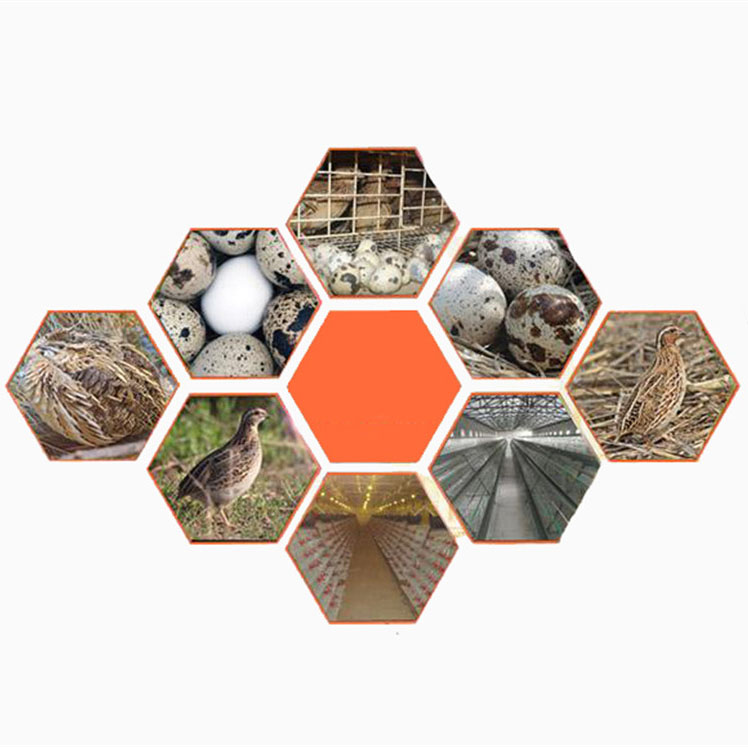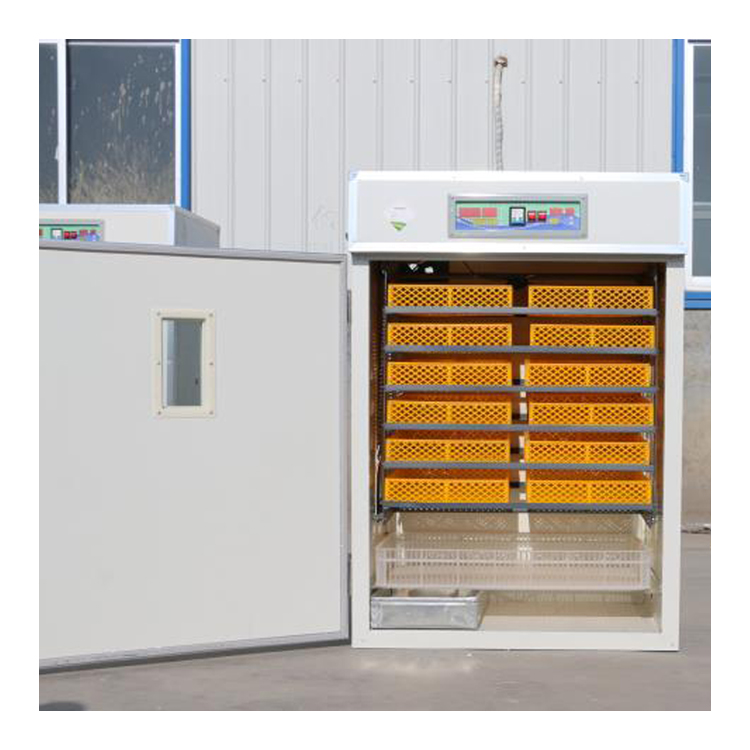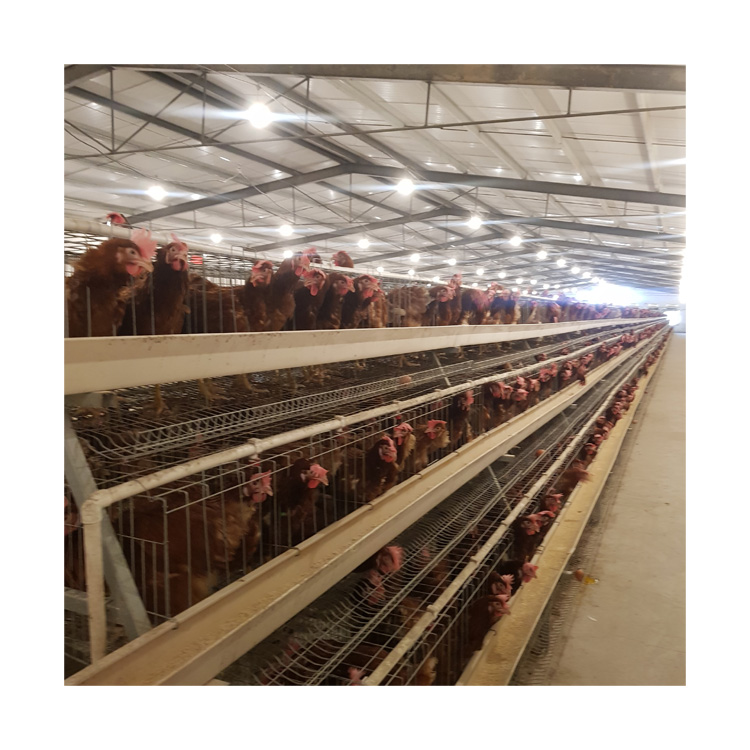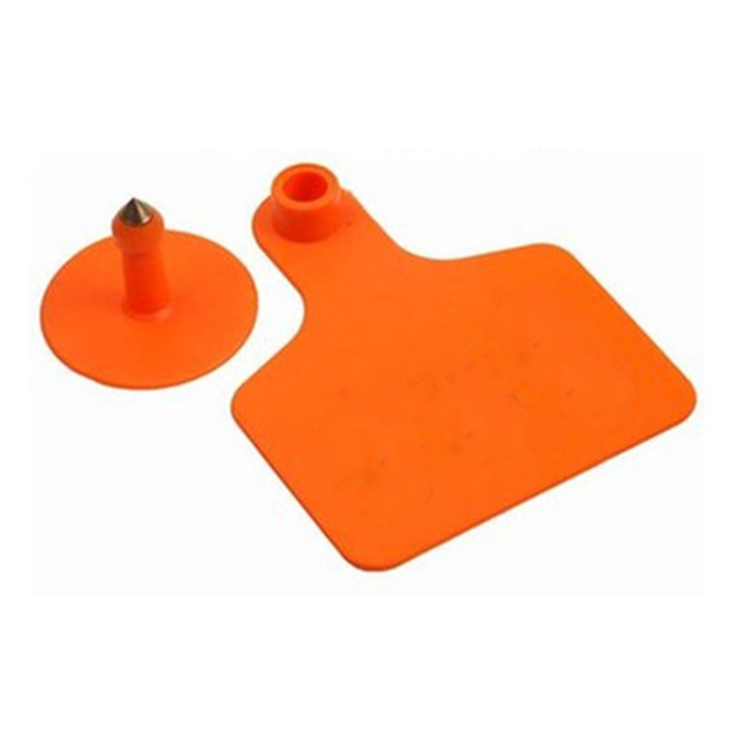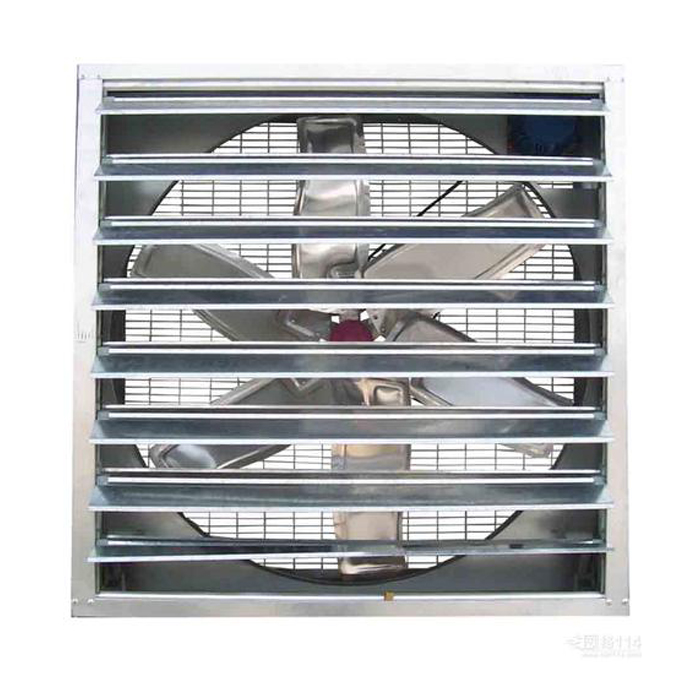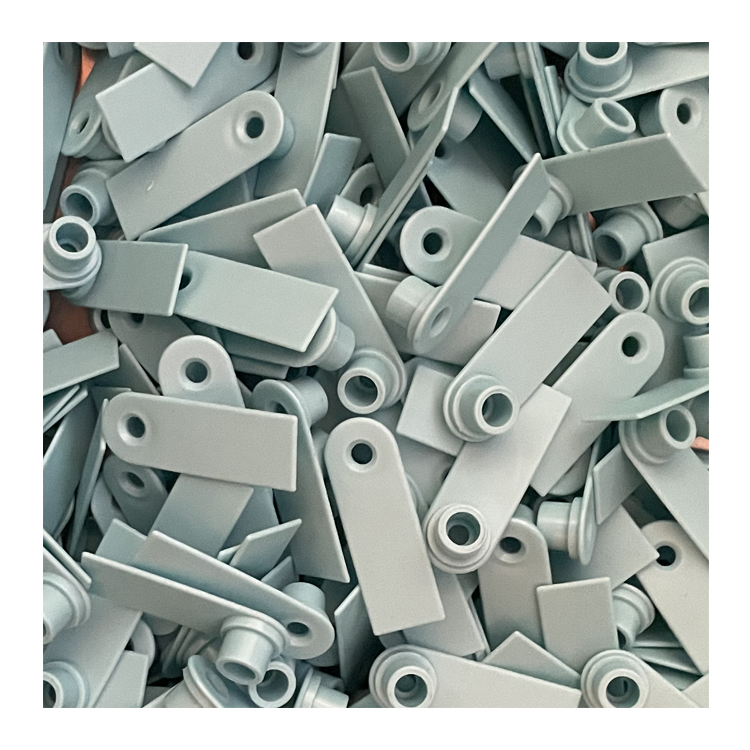High Quality Galvanized Wire Quail Cage
Product Details
Quail cages can be divided into three types of quail cages, namely, young quail cages, young quail cages and adult quail cages. The quail cages produced by our company are of reasonable structure, strong materials, and time-saving and labor-saving, freeing the breeders from heavy labor. The quail cage uses a cold galvanizing process, and the service life can be up to 15 years under well-ventilated conditions, and the hot-dip galvanizing can reach more than 20 years. The company's quail cages can be processed and customized according to customer requirements, and the style and material can be selected according to your own.
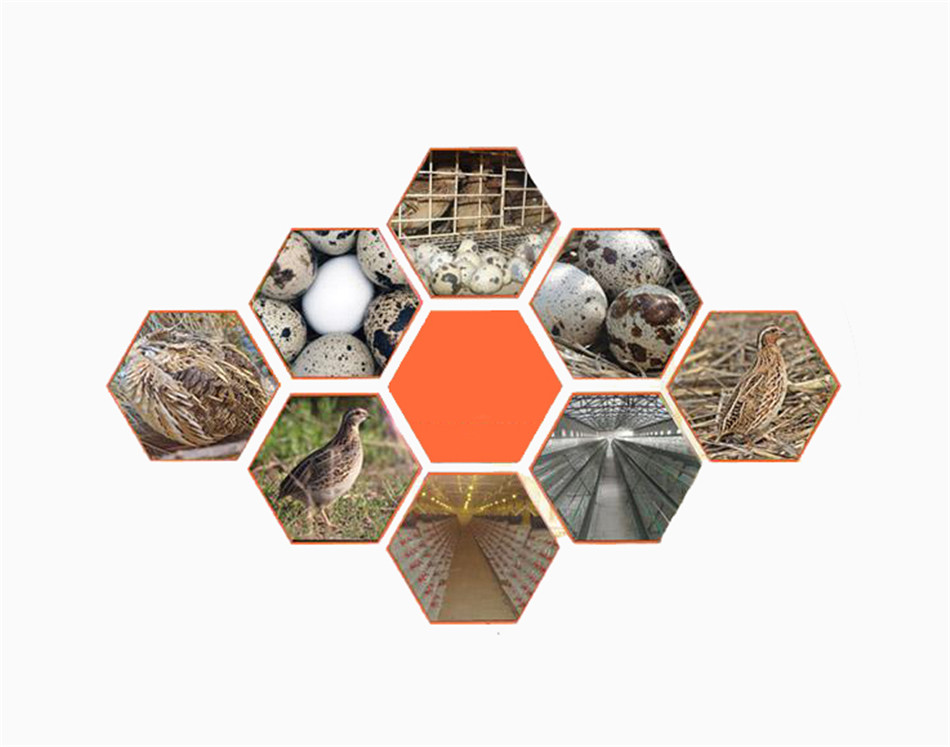
Precautions for quail cages
In addition to material selection, quail cages should pay attention to firmness and ventilation. At the same time, the structural design should ensure that the quail in the cage will not come out easily, and the tightness should be good. At the same time, in addition to personnel, the design of the cage must ensure that it will not be destroyed by some cats and dogs and other natural enemies of quail, and provide a safe "home" for the quail. In addition, the position of the cage in the breeding shed is also particular. The position should not make the quail cage too dark or too bright. At the same time, if it is placed in a window quail cage, make sure that the quail in the cage will not be affected in rainy or windy weather.
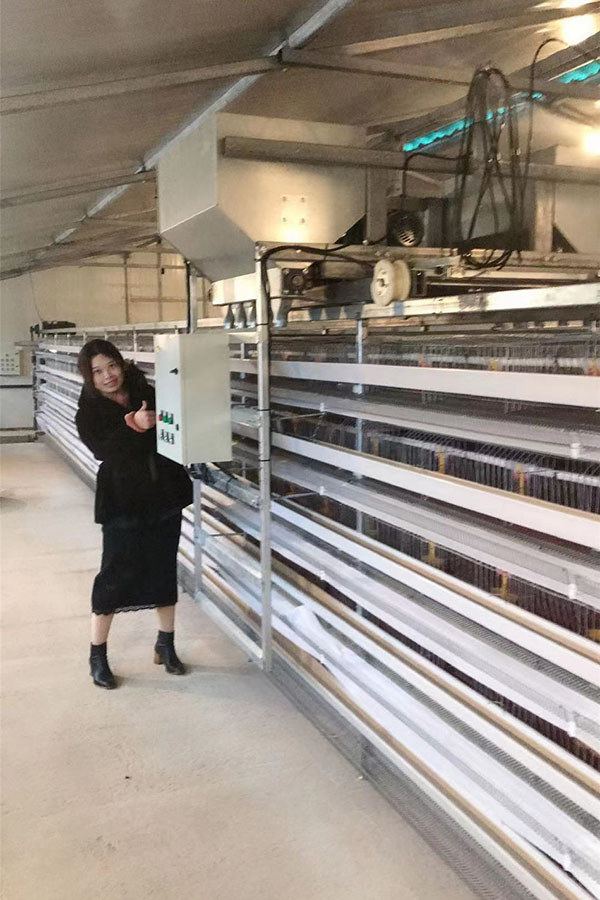
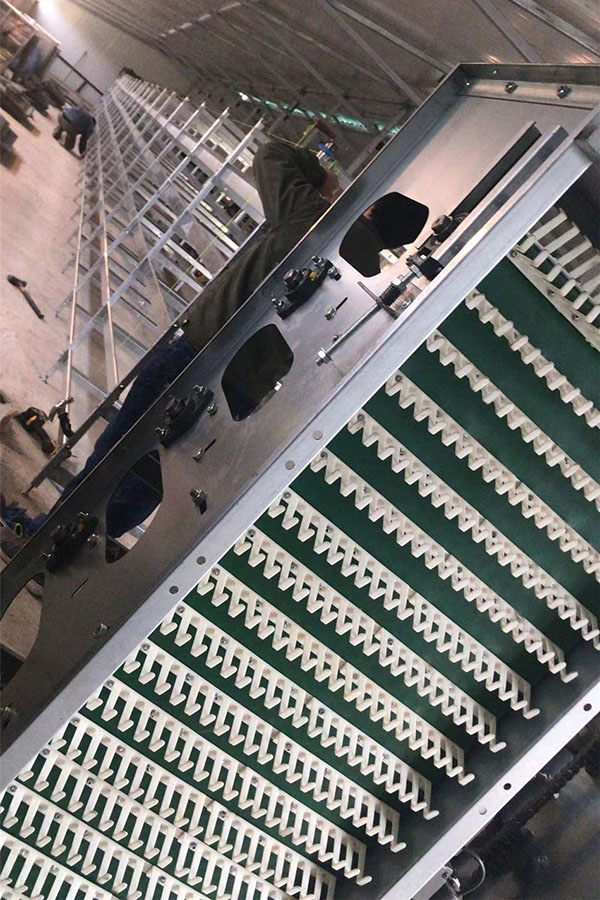
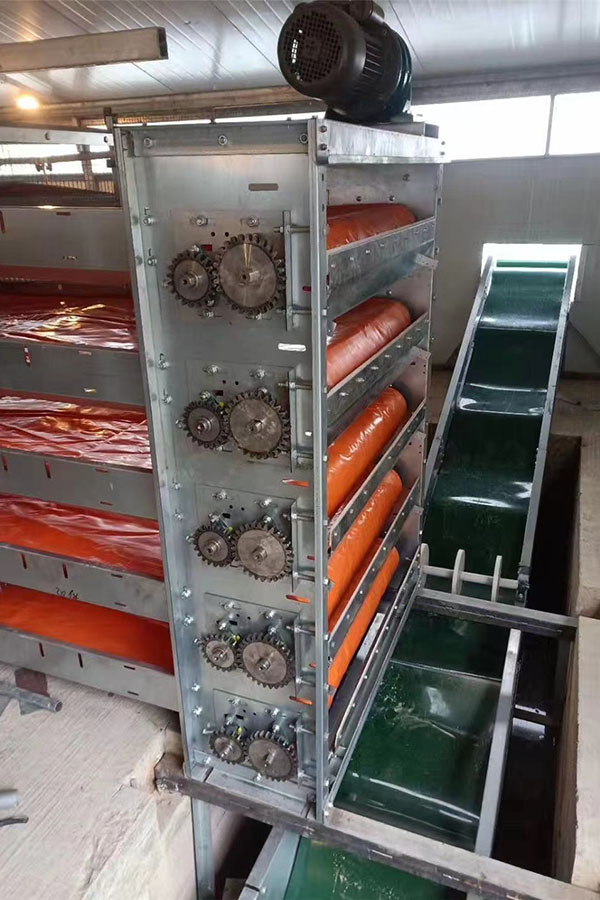
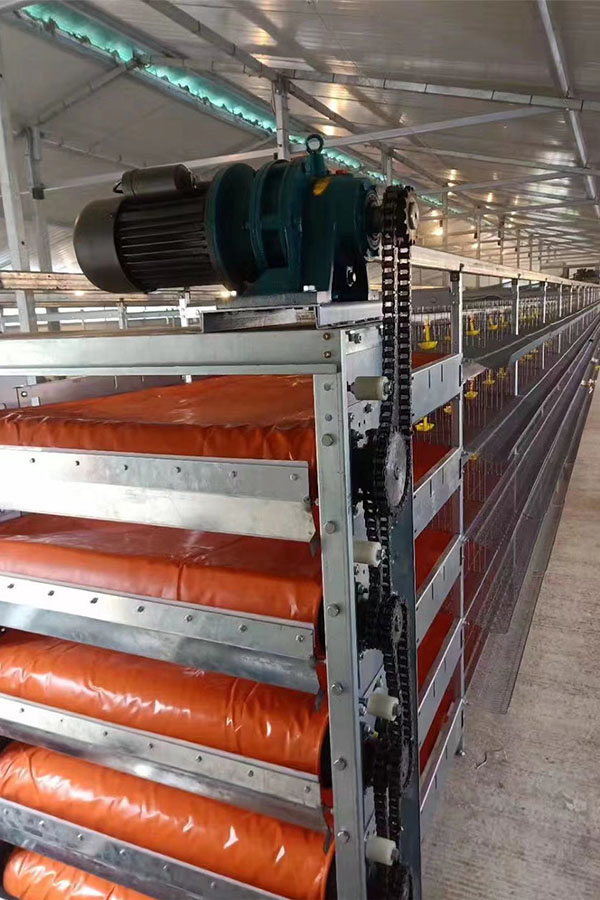
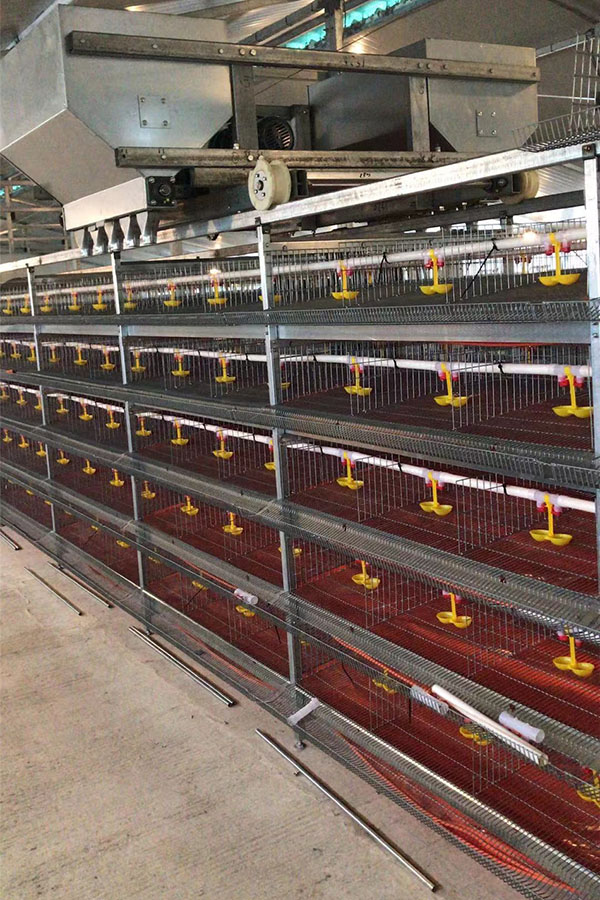
Tips
The basics of quail breeding technology The key points of quail breeding [quail breeding] The requirements of temperature, humidity and light for laying quail:
1. Quail likes to be warm and afraid of cold. The suitable temperature in the house is 20℃~22℃. In winter, the temperature of the lower layer of the cage is about 5℃ lower than the upper layer, which can be adjusted by increasing the density of the lower layer. Short-term high temperature (35℃~36℃) has little effect on quail egg production, but if the duration is long, the egg production rate will also decrease significantly. Therefore, attention should be paid to cooling in summer, and exhaust fans can be installed indoors if conditions permit.
2. Humidity The relative humidity in the room is preferably 50%~55%. If the humidity is too high, artificial ventilation can be used. If the humidity is too low, sprinkle some water on the ground. In winter, the climate in the north is dry, so indoor heating can be done with a coal stove, and a kettle can be placed on the coal stove for humidification.
3. Ventilation
The metabolism of egg-laying quail is vigorous, coupled with the intensive multi-cage rearing, it often produces a lot of harmful gases such as ammonia, carbon dioxide, and hydrogen sulfide. Therefore, ventilation and exhaust holes should be set up and below the room. The ventilation rate in summer should be 3 to 4 cubic meters per hour, and 1 cubic meter per hour in winter. Stacked cages should have more ventilation than stepped cages. some more
